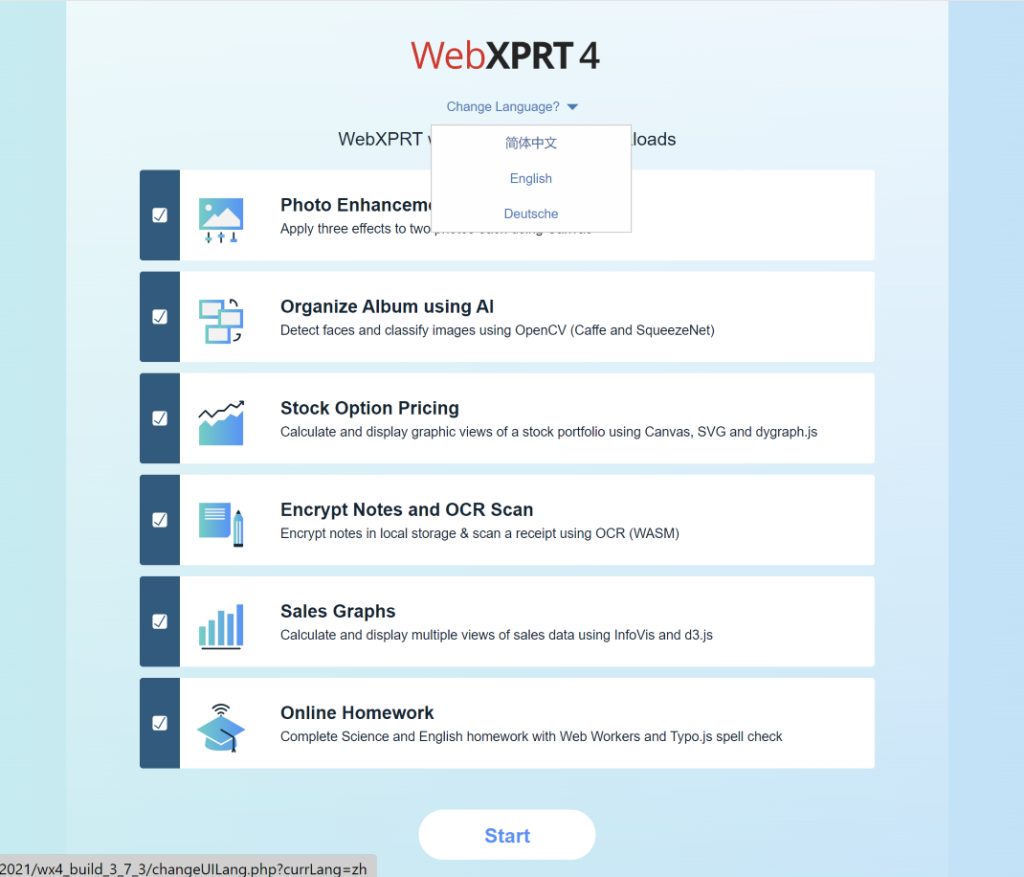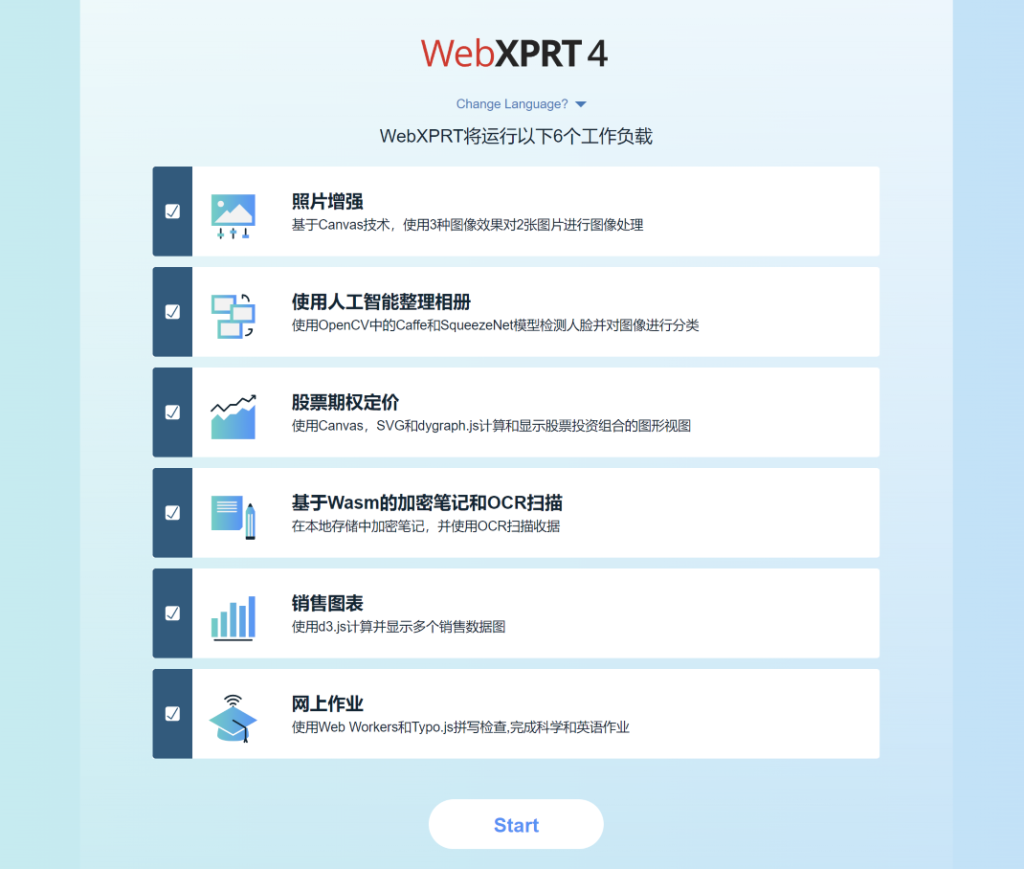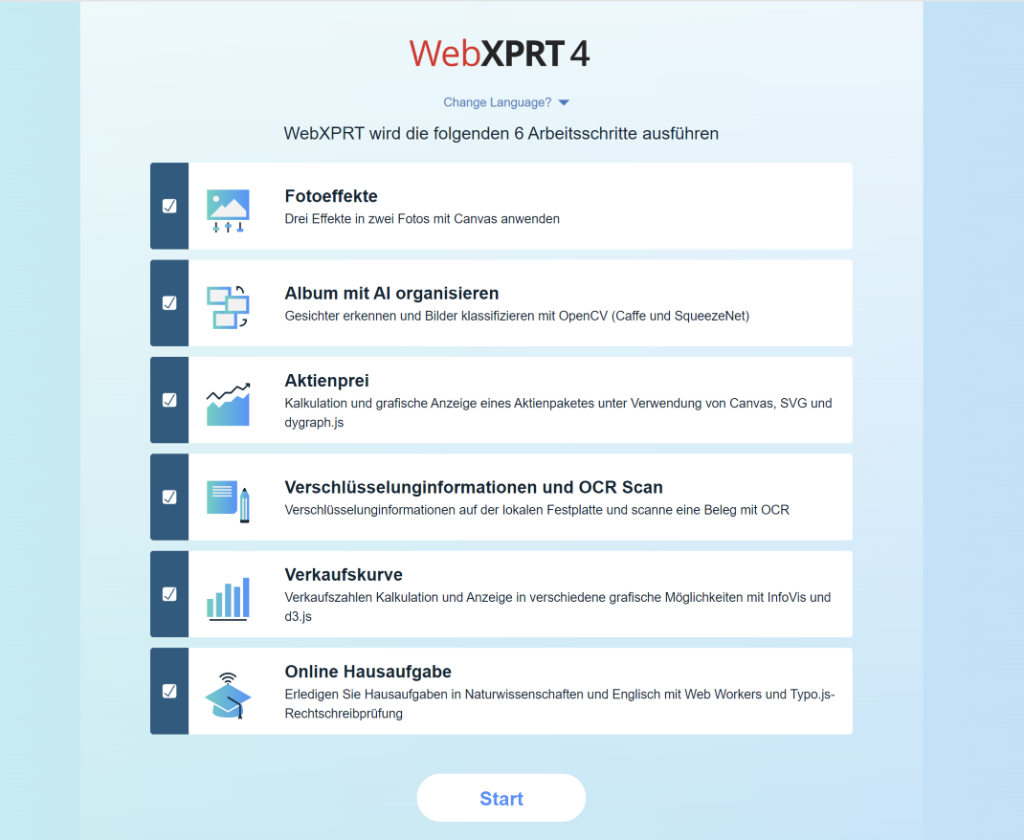If you’re a new follower of the XPRT family of benchmarks, you may not be aware of one of the characteristics of the XPRTs that sets them apart from many benchmarking efforts—our openness and commitment to valuing the feedback of tech journalists, lab engineers, and anyone else that uses the XPRTs on a regular basis. That feedback helps us to ensure that as the XPRTs grow and evolve, the resources we offer will continue to meet the needs of those that use them.
In the past, user feedback has influenced specific aspects of our benchmarks, such as the length of test runs, UI features, results presentation, and the addition or subtraction of specific workloads. More broadly, we have also received suggestions for entirely new XPRTs and ways we might target emerging technologies or industry use cases.
As we look forward to what’s in store for the XPRTs in 2025, we’d love to hear your ideas about new XPRTs—or new features for existing XPRTs. Are you aware of hardware form factors, software platforms, new technologies, or prominent applications that are difficult or impossible to evaluate using existing performance benchmarks? Should we incorporate additional or different technologies into existing XPRTs through new workloads? Do you have suggestions for ways to improve any of the XPRTs or XPRT-related tools, such as results viewers?
We’re especially interested in your thoughts about the next steps for WebXPRT. If our recent blog posts about the potential addition of an AI-focused auxiliary workload, what a WebXPRT battery life test would entail, or possible WebAssembly-based test scenarios have piqued your interest, we’d love to hear your thoughts!
We’re genuinely interested in your answers to these questions and any other ideas you have, so please feel free to contact us. We look forward to hearing your thoughts and working together to figure out how they could help shape the XPRTs in 2025!
Justin















